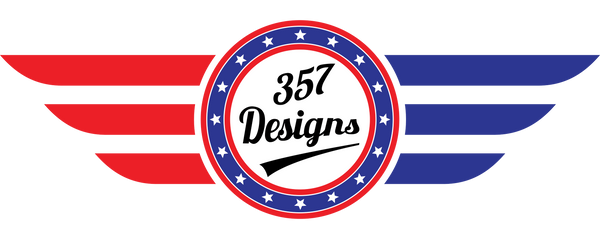
Exploring the Legacy: The History of the Past Master in Freemasonry
Share
Exploring the Legacy: The History of the Past Master in Freemasonry
The history of the Past Master within Freemasonry is rich and complex, spanning centuries of tradition, symbolism, and ritual. To understand the role of the Past Master, one must delve into the origins of Freemasonry itself, tracing its development from medieval craft guilds to the sophisticated fraternal organization it is today.
Freemasonry's origins are shrouded in mystery, with historians debating the exact time and place of its inception. However, it is generally accepted that Freemasonry emerged from the guilds of stonemasons and cathedral builders in medieval Europe. These guilds were responsible for the construction of some of the most magnificent architectural wonders of the time, including cathedrals, castles, and bridges. As the master builders of their day, stonemasons possessed specialized knowledge and skills that were passed down through generations within their tightly-knit communities.
By the late Middle Ages, these guilds had begun to evolve into more formal organizations, known as lodges, which served not only as centers of craftsmanship but also as social and fraternal institutions. It was within these lodges that the foundations of modern Freemasonry were laid, with members adopting symbolic rituals, oaths, and secrets that bound them together in brotherhood.
The position of Master of the Lodge, or Worshipful Master as it is often called, has always been central to Freemasonry. The Master is the presiding officer of the lodge, responsible for its governance and the conduct of its rituals. In the early days of Freemasonry, the position of Master was typically held by the most experienced and respected member of the lodge, often a skilled stonemason who had attained the highest degree of proficiency in his craft.
As Freemasonry spread throughout Europe and eventually to the Americas and beyond, the role of the Master continued to evolve. Lodges began to admit members who were not professional stonemasons, including men from diverse backgrounds such as merchants, tradesmen, and intellectuals. This broadening of membership led to an increased emphasis on the moral, philosophical, and symbolic aspects of Freemasonry, alongside its traditional focus on craftsmanship.
Within this evolving landscape, the Past Master emerged as a distinct figure within Freemasonry. The Past Master is a former Worshipful Master who has served his term in office and has thus acquired a wealth of knowledge, experience, and wisdom. While no longer the active leader of the lodge, the Past Master retains a position of honor and respect within the fraternity, often serving as a mentor and advisor to younger Masons.
The title of Past Master is conferred upon a Mason upon the completion of his term as Worshipful Master, typically for a period of one year. It is a mark of recognition for his dedication and service to the lodge, as well as a sign of his continued commitment to the principles of Freemasonry. In many jurisdictions, the Past Master is entitled to certain privileges and honors, such as wearing distinctive regalia or participating in lodge ceremonies.
Symbolically, the Past Master represents continuity and tradition within Freemasonry. He is a link to the past, embodying the collective wisdom and experience of generations of Masons who have gone before. As such, the Past Master plays a vital role in preserving the teachings and rituals of Freemasonry, ensuring that they are passed down intact to future generations.
In addition to his symbolic significance, the Past Master also plays a practical role within the lodge. His experience and expertise make him a valuable resource for newer members, who may look to him for guidance on matters of ritual, protocol, and Masonic etiquette. The Past Master often serves on committees, assists with degree work, and participates in lodge meetings and events, helping to ensure the smooth functioning of the lodge and the well-being of its members.
Many Past Masters have stated that they find their experience to be deeply enriching and fulfilling. Serving as the leader of the lodge for a term, allowed them to contribute to the growth and well-being of the Masonic fraternity, as well as to foster a sense of brotherhood among members.
Beyond the individual lodge, the Past Master is also an important figure within the broader Masonic community. He may participate in district or regional meetings, where he can share his insights and experiences with other Masons and contribute to the exchange of ideas and best practices. In this way, the Past Master helps to strengthen the bonds of brotherhood that unite Freemasons around the world.
Past Masters are integral to the continued success and vitality of a Masonic lodge. Their experience, knowledge, and leadership provide a strong foundation upon which the lodge can thrive, ensuring that the principles of Freemasonry endure for years to come.
In conclusion, the history of the Past Master within Freemasonry is a testament to the enduring values of tradition, service, and brotherhood that lie at the heart of the fraternity. From its humble origins in the medieval guilds of Europe to its global presence in the modern world, Freemasonry has always placed a high value on the wisdom and experience of its elders. The Past Master embodies these values, serving as a living link to the past and a guiding light for the future of the Craft.
